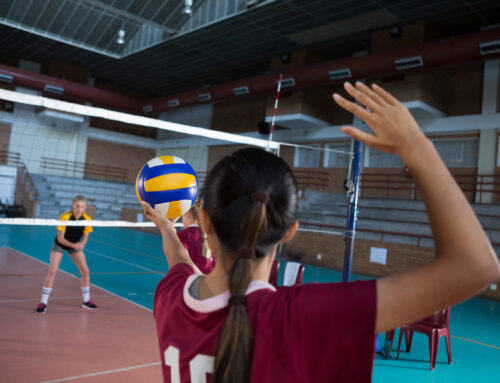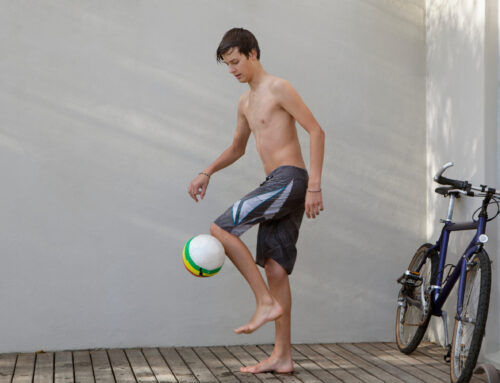As a parent, ensuring your child’s well-being is your top priority. As the temperatures rise, it’s essential to be vigilant about the possibility of your child overheating, as this can lead to serious health risks. Here’s a comprehensive guide on how to tell if your child is overheated and what steps to take to keep them safe in the heat.
- Monitor Behavior: The first sign of overheating often shows through changes in behavior. Look for signs of irritability, restlessness, or excessive fussiness. Overheated children might become lethargic or unusually tired. Pay attention to these cues, as they can be early indicators that your child is struggling with the heat.
- Check Skin: Touch your child’s skin regularly. If it feels unusually hot to the touch, it could be a sign of overheating. Sweating is the body’s natural way of cooling down, but if your child’s skin is clammy or dry, it may indicate that they’re having difficulty regulating their temperature.
- Monitor Breathing: Rapid breathing can be a sign of overheating. If your child is panting or breathing heavily without any apparent cause, it’s important to take it seriously. Fast breathing is the body’s way of trying to cool down, but it can also indicate a problem.
- Flushed Skin: Pay attention to the color of your child’s skin. If it appears red or flushed, it could be a sign that their body is struggling to cool down. This is particularly concerning if the skin feels hot to the touch as well.
- Excessive Sweating: While sweating is a natural response to heat, excessive sweating can be a sign of trouble. If your child is sweating profusely, it’s essential to ensure they’re staying hydrated. However, if they’re not sweating at all, it could be a sign of severe dehydration or heat-related illness.
- Watch for Dizziness or Weakness: Overheating can cause dizziness and weakness in children. If your child seems unsteady on their feet or complains of feeling weak, it’s crucial to take action immediately.
- Nausea or Vomiting: Heat exhaustion and heatstroke can cause nausea and vomiting in children. If your child starts vomiting, it’s essential to get them into a cooler environment and rehydrate them. If the symptoms persist, seek medical attention.
- Cooling Measures: If you suspect your child is overheated, take immediate steps to cool them down. Move them to a shaded or air-conditioned area, remove any excess clothing, and offer them cool (not cold) water to drink. Use a damp, cool cloth to wipe their skin. Avoid very cold water or ice, as it can cause the body to go into shock.
- Hydration: Staying hydrated is crucial in preventing overheating. Encourage your child to drink water regularly, especially when they’re active or exposed to hot temperatures. Dehydration can exacerbate the risk of overheating.
- Time of Day: Be mindful of the time of day. The hottest hours are usually between 10 a.m. and 4 p.m. During these times, limit outdoor activities, and ensure your child has access to shade and water.
- Dress Appropriately: Choose lightweight, breathable clothing for your child in hot weather. Light-colored clothes can also help reflect the sun’s rays, keeping them cooler.
- Know the Warning Signs of Heat-Related Illness: Familiarize yourself with the symptoms of heat exhaustion and heatstroke. Heat exhaustion symptoms include heavy sweating, weakness, cold, pale, and clammy skin, fast, weak pulse, nausea, or vomiting. Heatstroke is more severe and can include a high body temperature (above 103°F), hot, red, dry, or moist skin, rapid and strong pulse, confusion, and unconsciousness. Seek medical attention immediately if you suspect heatstroke.
By staying vigilant and taking these precautions, you can help ensure your child stays safe and comfortable in hot weather. Always prioritize their well-being, and don’t hesitate to seek medical attention if you’re concerned about overheating or heat-related illness.




